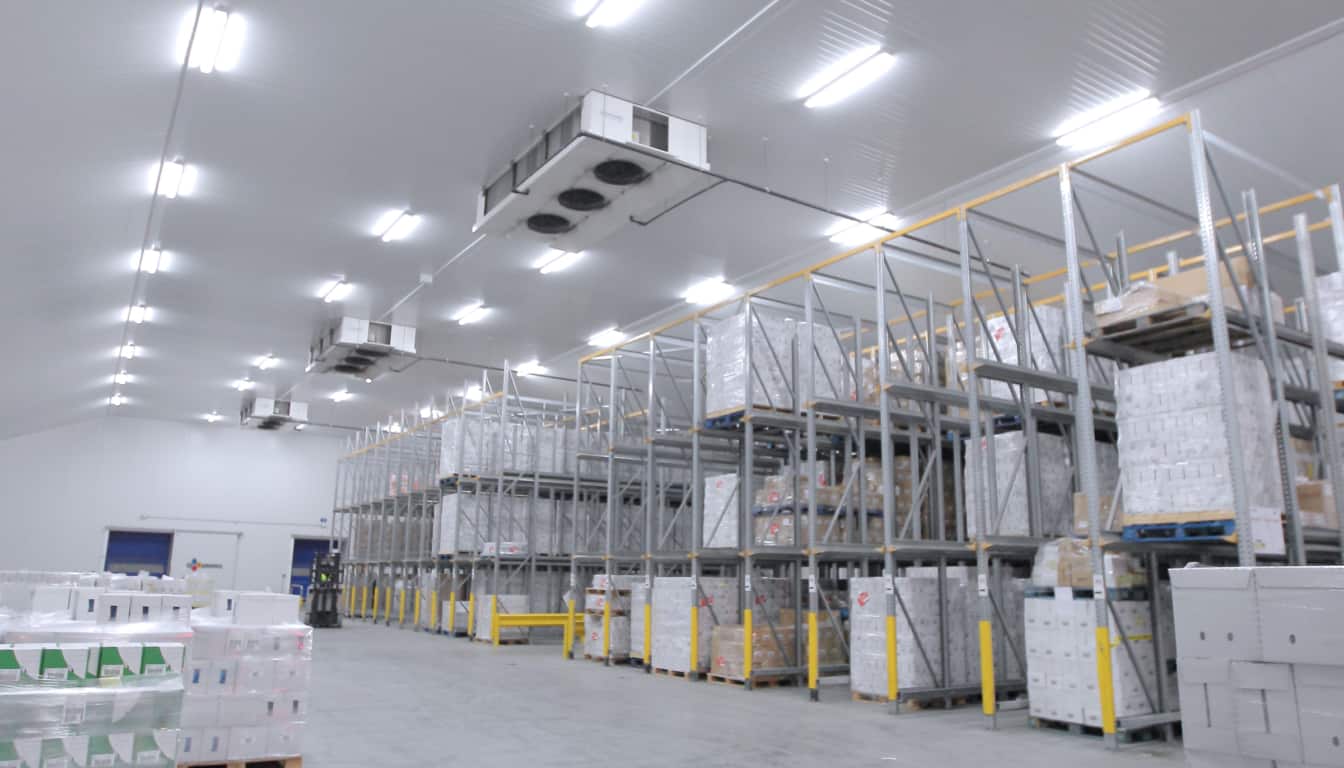After signs of improvement in the US transportation market through the first few weeks of 2021, increases in consumer demand for housing, industrial production, health care, food and CPG products led to a significant turn in the market. Unprecedented demand at US ports has added further supply chain disruption. Spot rates reached historical highs as driver capacity decreased in January, and the weather in February caused added complexity to all modes of transportation.
Now into the second quarter, indicators such as outbound tender rates, tender rejection rates and overall costs are still significantly high. With pressure on wages and fuel, market conditions continue to be challenging.
“With demand for goods remaining high, inventories remaining low, and pent up demand relating to COVID, this situation will likely remain for some time,” said CJ Logistics America CTO Ken Heller. “Our team is working diligently and leading through this situation with our customers as the focus.”
CJ Logistics has implemented a number of strategies for addressing the issues of disruptions and rising costs, in collaboration with customers. Its sophisticated technology stack includes a Tier 1 TMS, leading-edge visibility tools, digital freight matching, market cost analysis and many support systems. This is enabling optimization, tracing and procurement to dynamically respond to market changes.
“We have a detailed response plan and we are proactively reaching out to our customers to communicate what we are doing to service them during this challenging time,” said Chris Barkinge, Senior Director, Carrier Relationships. “We are also recommending actions they can take to limit the disruption to their business.”
As part of the response plan, CJ Logistics is actively building more multi-stop runs to optimize capacity, strategically adapting routing guides and engaging in daily negotiation to aggressively manage costs with core carriers and to secure capacity. Mode optimization is also a focus; the degree to which various modes of transportation are strained may continue to fluctuate based on the evolving environment. Strategic mode shifts provide opportunities to optimize capacity, cost and service.
CJ Logistics is working closely with customers to identify areas of flexibility, to increase the likelihood of securing lower cost capacity. The company is also closely monitoring market-specific indices and communicating risk to customers, reaffirming contract capacity commitments in the short term, and connecting with new carrier partners in affected lanes and modes.
CJ Logistics’ recommendations for the actions customers can take include providing scheduling flexibility, aggregating larger orders where possible and creating longer lead times for orders. Providing flexibility around delivery dates and appointment times, and asking consignees to provide this flexibility also, will open up many more options until a more steady state is reached. Avoiding last minute orders will help control costs and protect service.
“We appreciate the support of and collaboration with our customers and will continue to help them stay ahead of the trends,” Heller said. “With a focus on customer goals – total system cost reduction, service performance and value creation – our Transportation Management solution optimizes the end-to-end supply chain. Our integrated solutions, processes and technology provide all of our customers with insights and timely and accurate information.”
Related article: Is the U.S. truckload market more volatile than ever before
Request more information:



